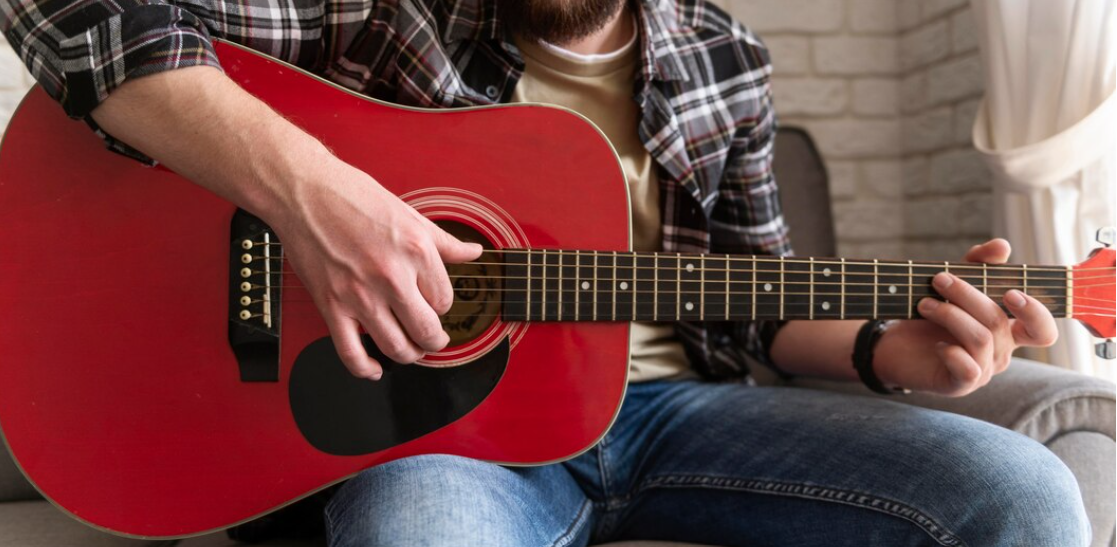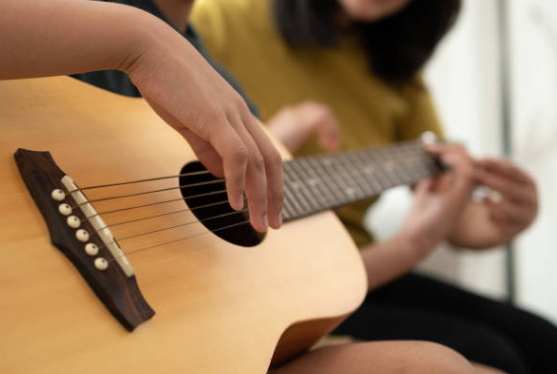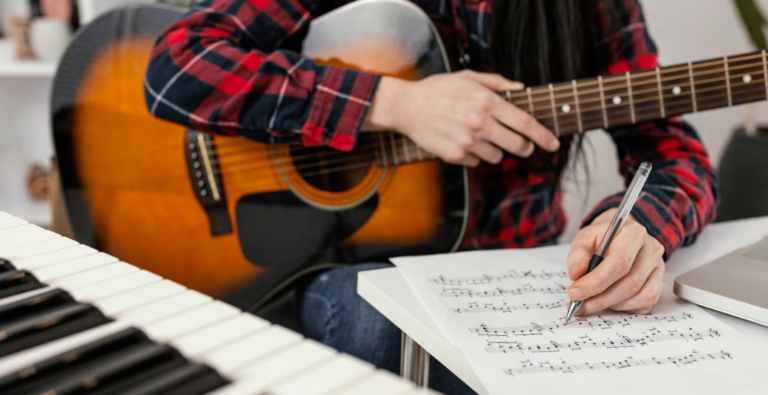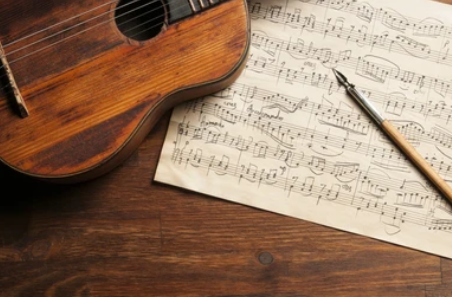Everything You Need to Know To Master The E Chord
The E chord is one of the fundamental and versatile chords every guitarist should have in their repertoire. Whether you’re a beginner just starting to strum or an experienced player looking to expand your chord vocabulary, the E chord is a must-know. In this article, we’ll delve into the world of the E chord, covering its variations, common fingerings, and practical tips to help you master this essential chord.
The Basic E Chord:
Let’s start with the most basic E chord. To play it, follow these steps:
a. Place your index finger on the 1st fret of the G string (3rd string).
b. Place your middle finger on the 2nd fret of the A string (5th string).
c. Place your ring finger on the 2nd fret of the D string (4th string).
Strum all six strings from the low E string (6th string) to the high E string (1st string). This produces a bright and full E major chord sound, which is commonly used in various songs across different genres.
The Open E Chord:
The open E chord is a more extended version of the basic E chord and offers a richer, fuller sound. To play it:
a. Place your index finger on the 1st fret of the G string (3rd string).
b. Place your middle finger on the 2nd fret of the A string (5th string).
c. Place your ring finger on the 2nd fret of the D string (4th string)
d. Place your pinky finger on the 2nd fret of the B string (2nd string).
Strum all six strings, and you’ll notice the addition of the B string gives this chord a sweeter, more harmonically rich quality.
Variations of the E Chord:
The E chord has several useful variations that can add depth and flavor to your playing. Some common ones include:
a. E7: Simply lift your ring finger from the D string (4th string) to create E7, which has a bluesy, jazzy feel.
b. E minor (Em): Place your index finger on the 2nd fret of the A string (5th string) while keeping the rest of the fingers in the basic E-chord position. This changes the chord from major to minor, giving it a melancholic, emotional sound.
Practical Tips:
a. Practice, Practice, Practice: Like any chord, mastering the E chord requires consistent practice. Spend time transitioning to and from E to other chords in your repertoire.
b. Finger Strength and Placement: Ensure that your fingers press down on the strings firmly and are positioned close to the frets for a clean, clear sound.
c. Use a Capo: Experiment with a capo to transpose the E chord to different keys and create a new tonal palette.
d. Strumming Patterns: Play around with various strumming patterns to add dynamics and rhythm to your chord progressions.
Chord Structure:
The E chord is a major chord, which means it consists of three notes: the root (E), the major third (G#), and the perfect fifth (B). This combination of notes creates the bright and happy sound associated with major chords.
Chord Formula:
The formula for constructing a major chord is Root – Major Third – Perfect Fifth. In the case of the E chord, it follows this formula:
- Root: E
- Major Third: G#
- Perfect Fifth: B
Fretboard Position:
On the guitar, the E chord is typically played in an open position. This means it’s played using open strings (unfretted strings) and fretted notes on the lower frets. In the standard E chord, you’re fretting the G# note on the 1st fret of the G string and the B note on the 2nd fret of the A and D strings.
Chord Voicings:
There are multiple ways to play the E chord on the guitar. The most common voicings include:
Open E Chord: Played with open strings, including the open high E and B strings.
E Barre Chord: Created by barring your index finger across all the strings at a specific fret and forming the E shape with your other fingers. For example, the E barre chord on the 7th fret becomes a B major chord (B is the 7th note in the E major scale).
Key Significance:
The E chord is a crucial component in the key of E major. In music theory, a key is a set of related chords and notes that work together harmonically. The E chord is the tonic (I) chord in the key of E major, serving as the home or starting point of the key. In songs in the key of E major, the E chord is often used to establish a sense of resolution or completeness.
Chord Progressions:
The E chord is commonly used in chord progressions. For instance, the chord progression E – A – B (I – IV – V) is a staple in many songs across various genres. This progression provides tension and release, making it a fundamental element in songwriting.
Transposition:
Understanding the theory behind the E chord allows you to transpose it to other keys. By moving the shape of the chord up or down the fretboard while maintaining its structure, you can play major chords in different keys.
In summary, the E chord is built on the foundation of major chord theory, consisting of the root (E), major third (G#), and perfect fifth (B). It plays a significant role in the key of E major, chord progressions, and songwriting. Mastery of the E chord and its theory is essential for any guitarist looking to explore the rich world of music.






